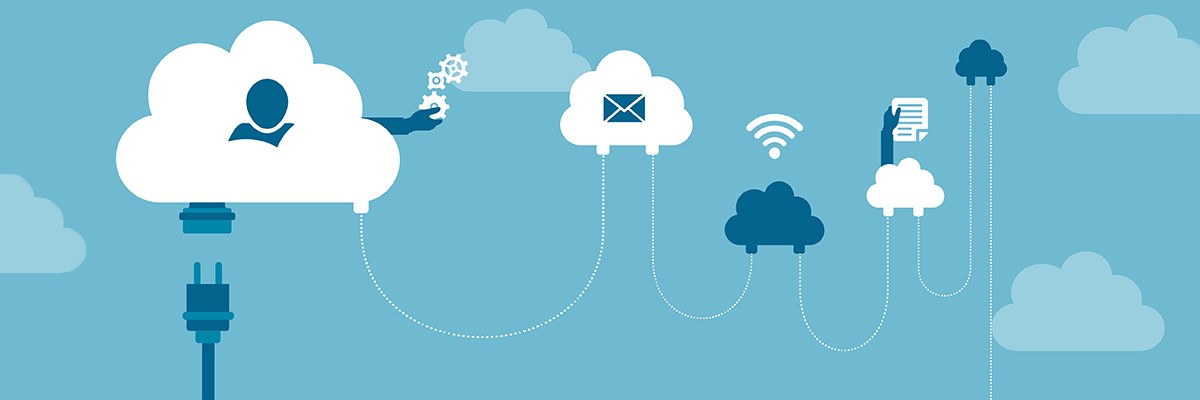Public Cloud:
“Public cloud” or “Cloud computing” is a model of delivering Hosted Services provided by Service Providers over the internet. Service provider makes resources, such as virtual machines (VMs), applications or storage, available to the general public over the internet. Public Cloud providers have a multi-tenant architecture that enables users or tenants to share computing resources. Each tenant's data in the public cloud, however, remains isolated from other tenants. In public clouds although the resources are shared between multiple clients but all the services are controlled by services provider. Organizations that are fully dependent on IT to meet business goals have understood the value of cloud computing for its availability, scalability, instant provisioning, virtualized resources and storage. Public cloud architecture can be further categorized by service model. Common service models include:
Software as a service (SaaS)
A third-party Service provider hosts applications and makes them available to customers over the internet.
Platform as a service (PaaS)
A third-party Service provider delivers hardware and software tools usually needed for application development to its users as a service.
Infrastructure as a service (IaaS)
A third-party Service provider offers virtualized computing resources such as VMs and storage over the internet.
Benefits of Public Cloud:
Simple and easy:Public clouds are available as a service in the internet, they are easy to deploy.
Low Initial Cost:
Initial investment (CAPEX) is very low or nil.
Less time to Delivery
The IT resources and services are available immediately saving time for the company.
No maintenance
The hardware and networks are maintained by the cloud services provider. Internal IT staffs have no responsibility in maintaining the infrastructure.
No contracts
No long term commitment with service provider because public clouds are usually pay-as-you-go models.


